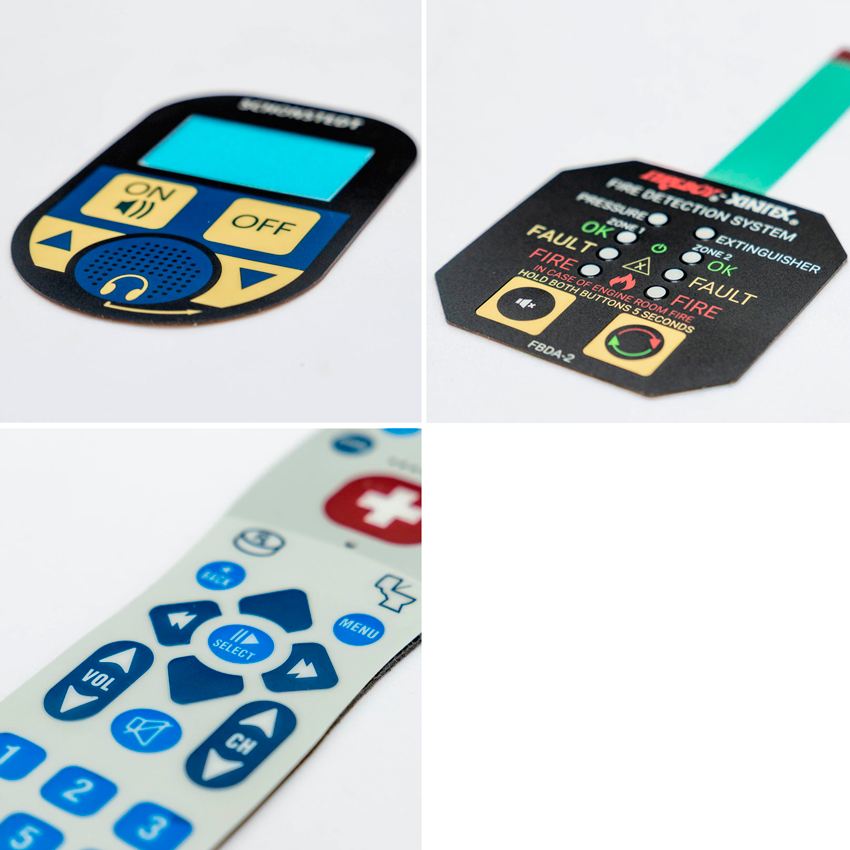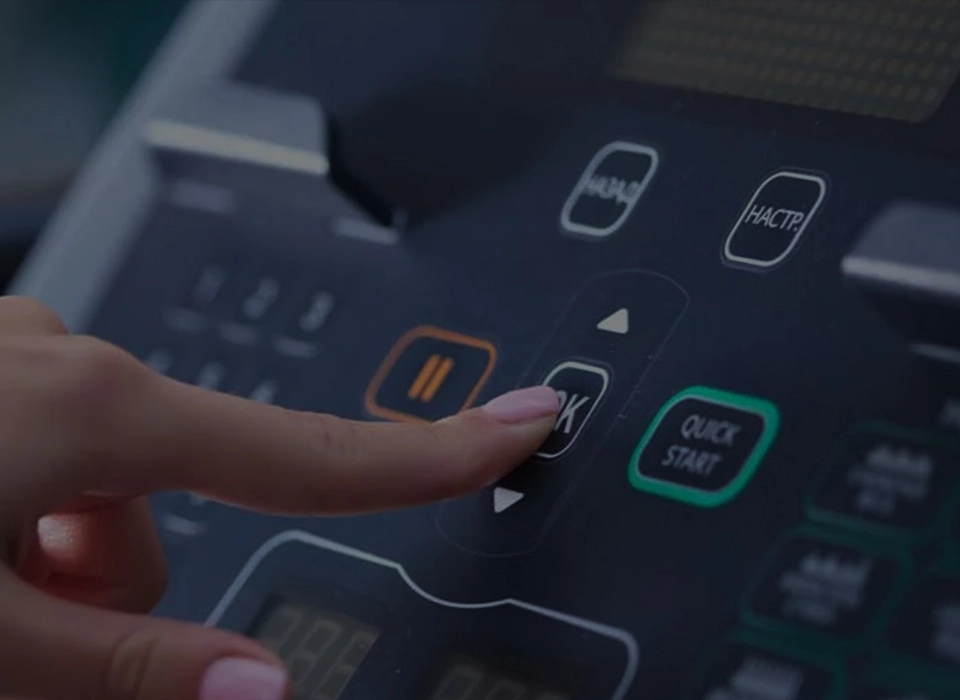Membrane switches have become increasingly popular in the electronics industry for their durability, cost-effectiveness, and ability to offer a sleek and modern design. These switches are used in a wide range of applications, from home appliances to industrial machinery. However, creating a quality membrane switch requires careful consideration of various factors, including printing and processing techniques. In this article, we will explore the different printing and processing techniques used for membrane switches and their impact on the final product.

A membrane switch is a low-voltage electrical switch that is made up of flexible materials, such as polyester or polycarbonate, with a conductive circuit printed on it. When a user presses on the switch, the conductive elements come into contact, completing the circuit and triggering a specific action. These switches are commonly used in electronic devices because they offer a low profile, are highly customizable, and are resistant to wear and tear.
Printing techniques are a crucial factor in determining the quality and durability of a membrane switch. The printing process involves transferring the conductive ink onto the substrate material. The following printing techniques are commonly used for membrane switches:
Screen printing is the most widely used printing technique for membrane switches. This technique involves placing a stencil or screen on top of the substrate material, and then using a squeegee to push the conductive ink through the screen and onto the substrate. Screen printing offers high resolution and is suitable for printing on a wide range of substrates.
Digital printing involves the direct printing of the conductive ink onto the substrate using an inkjet or laser printer. This technique offers high resolution and is suitable for printing small quantities of membrane switches. However, digital printing may not be as durable as screen printing.
Flexographic printing involves the use of a flexible printing plate that is wrapped around a cylinder. The conductive ink is transferred onto the substrate material by the raised portions of the printing plate. Flexographic printing offers high printing speeds and is suitable for printing large quantities of membrane switches.
Processing techniques refer to the methods used to assemble the individual layers of a membrane switch into a functional unit. The following processing techniques are commonly used for membrane switches:
3.1 Surface Mount Technology (SMT)
Surface Mount Technology involves mounting electronic components directly onto the surface of the membrane switch using a pick and place machine. SMT offers high precision and is suitable for high-volume production runs.
3.2 Through-Hole Technology (THT)
Through-Hole Technology involves mounting electronic components onto the membrane switch by inserting them into pre-drilled holes on the substrate. THT offers high durability and is suitable for low-volume production runs.
3.3 Adhesive Bonding
Adhesive bonding involves bonding the various layers of the membrane switch together using a specialized adhesive. This technique offers high durability and is suitable for membrane switches that will be exposed to harsh environmental conditions.
In conclusion, creating a quality membrane switch requires careful consideration of various factors, including printing and processing techniques. Screen printing, digital printing, and flexographic printing are commonly used printing techniques for membrane switches, each with its own advantages and disadvantages. Surface Mount Technology, Through-Hole Technology, and Adhesive Bonding are commonly used processing techniques for membrane switches, each with its own unique features. By understanding the different printing and processing techniques available, manufacturers can create high-quality, durable, and reliable membrane switches for a wide range of applications.
What is a membrane switch?
A membrane switch is a low-voltage electrical switch that is made up of flexible materials, such as polyester or polycarbonate, with a conductive circuit printed on it.
What are the advantages of using membrane switches?
Membrane switches offer a low profile, are highly customizable, and are resistant to wear and tear, making them a popular choice in electronic devices.
What printing techniques are commonly used for membrane switches?
Screen printing, digital printing, and flexographic printing are commonly used printing techniques for membrane switches.
What processing techniques are commonly used for membrane switches?
Surface Mount Technology, Through-Hole Technology, and Adhesive Bonding are commonly used processing techniques for membrane switches.
What factors should be considered when choosing a printing or processing technique for a membrane switch?
Factors such as durability, precision, and production volume should be considered when choosing a printing or processing technique for a membrane switch.
